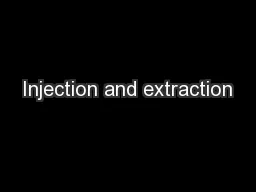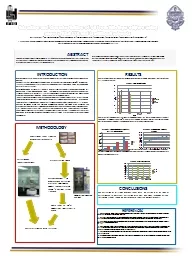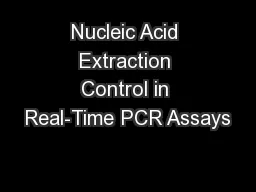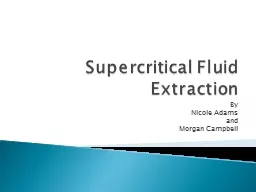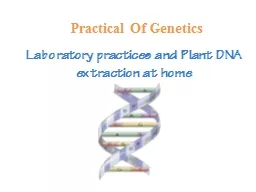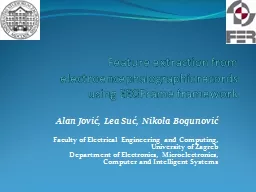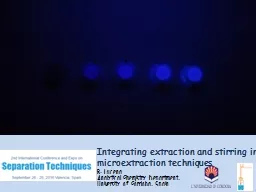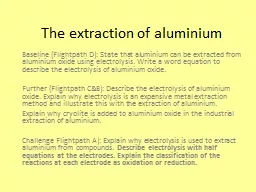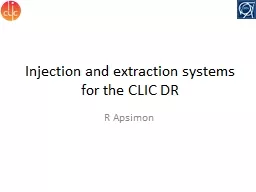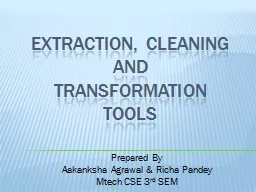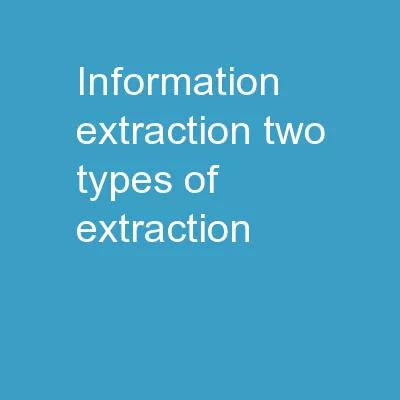PPT-Injection and extraction
Author : briana-ranney | Published Date : 2016-03-17
Kickers and septa Injection methods Singleturn hadron injection Injection errors filamentation and blowup Multiturn hadron injection Chargeexchange H injection Lepton
Presentation Embed Code
Download Presentation
Download Presentation The PPT/PDF document "Injection and extraction" is the property of its rightful owner. Permission is granted to download and print the materials on this website for personal, non-commercial use only, and to display it on your personal computer provided you do not modify the materials and that you retain all copyright notices contained in the materials. By downloading content from our website, you accept the terms of this agreement.
Injection and extraction: Transcript
Download Rules Of Document
"Injection and extraction"The content belongs to its owner. You may download and print it for personal use, without modification, and keep all copyright notices. By downloading, you agree to these terms.
Related Documents

